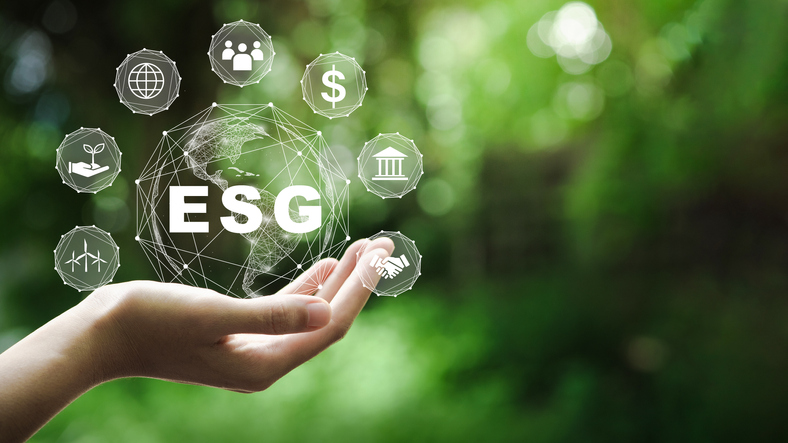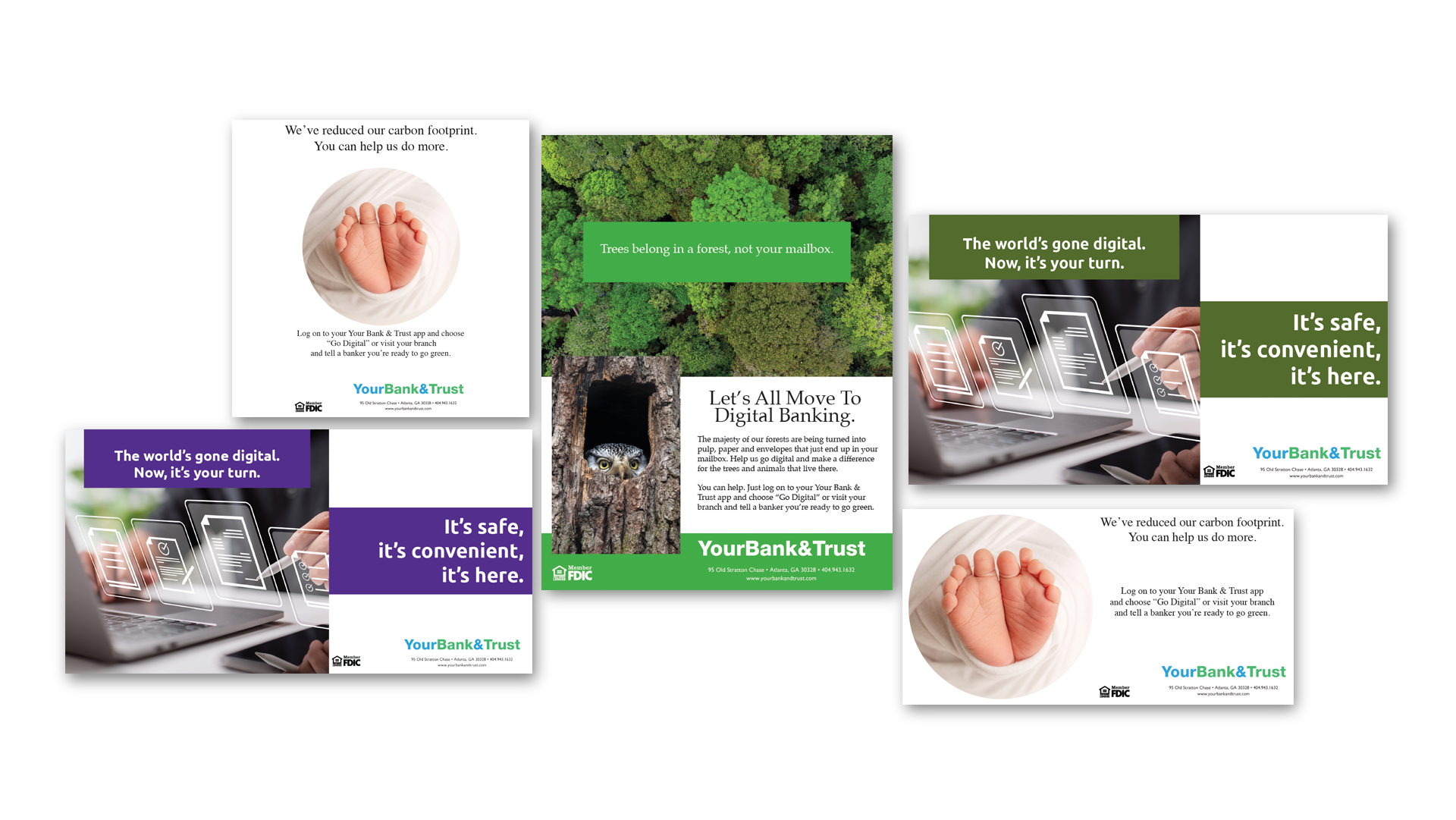
Sustainability. To most, the word connotes “going green” by choosing paper over plastic, recycling rather than committing trash to a landfill, or driving fewer miles. In other words, modifying consumption behaviors in order to reduce the human carbon footprint on Mother Earth. For community banks, that notion of sustainability barely scratches the surface. Granted, sustainable business practices have always played a role in banking operations and profitability but, today, those practices play an even greater role. Why? With growing pressure from customers, employees, the federal government, and a wide range of both state and federal regulatory agencies, it has become more critical than ever for banks to have a performance-based strategy in place for addressing what is known as the “Triple Bottom Line” (TBL) – people, planet, and profit.
What is sustainability in banking?
So, if not a commitment to moving from paper-based processes to digital information management, or keeping the thermostat set to 67 degrees in the winter months, what does sustainability mean in banking? Sustainable banking practices center on the strategic planning and execution of banking operations and business activities – with a goal, of course, of optimizing profitability – while taking into account their environmental, social and governance (ESG) impact.
It is widely believed that banks are poised to play a major role in achieving the United Nations’ Sustainable Development Goals (SDGs). The SDGs, also known as the Global Goals, were adopted by the United Nations in 2015 as “a universal call to action to end poverty, protect the planet, and ensure that by 2030 all people enjoy peace and prosperity. These goals suggest a comprehensive strategy for sustainability, which includes all aspects - the biosphere, the society, and the economy.”1 It is also widely believed that through setting net-zero goals via finance offers, loans and investment schemes for green projects, and subsequently, supporting those individuals and companies that are taking the path toward sustainability, financial institutions can “lead the charge” in achieving SDG goals.
Going green is on the rise
Despite the headwinds, top banks have begun to commit to sustainability. For example, investments in sectors that are harmful to the environment, such as mining, are being reduced while the commitment to sectors producing or consuming alternative energy are increasing. In addition, green finance is on a high-growth trajectory and includes investments in renewable energy and sustainable infrastructure finance. Banks are offering, and taking advantage of, a growing menu of sustainable financing opportunities that include green bonds, sustainability bonds, transition bonds, and social bonds, as well as green loans and clean-energy project financing.
Banking consumers want green banks
Regulations are not the only motivators in banking’s move to sustainability. Banking leaders understand that customers are vocal about ESG and that they must address the expectations of those consumers, and employees, who prefer to do business with institutions that commit to sustainable practices. According to McKinsey, “one analysis found that social-related shareholder proposals rose 37 percent in the 2021 proxy season compared with the previous year.”2 Bankers understand that, in the long-term, sustainable banking will help create the perception of a responsible business and create new business opportunities.
It’s not easy being green, but it’s a competitive advantage
Policies and procedures for risk management and regulatory reporting will become necessities. More importantly, for community banks, sustainability can enhance a brand’s marketability. Yes, regulators take a great interest in a bank’s sustainability mission and achievements. But, so do employees and banking services consumers, as they become increasingly mindful of the social responsibility that institutions take on. If you’re not doing so already, get involved in “green” community activities, and get the message out that sustainability is important to your institution… and your employees.
About Bank Marketing Center
Here at BankMarketingCenter.com, our goal is to help you with that topical, compelling communication with customers; the messaging — developed by banking industry marketing professionals, well trained in the thinking behind effective marketing communication — that will help you build trust, relationships, and revenue. In short, build your brand. Like these campaigns designed to tell your “green” story to your customers.

To view our marketing creative, both print and digital – ranging from product and brand ads to social media and in branch signage – visit bankmarketingcenter.com. You can also contact me directly by phone at 678-528-6688 or via email at nreynolds@bankmarketingcenter.com. As always, I welcome your thoughts on the subject.
Sources
1United Nations Department of Economic and Social Affairs, Sustainable Development. “The 17 Goals.” https://sdgs.un.org/goals
2McKinsey & Company, August 2022. “Does ESG really matter and why.” https://www.mckinsey.com/capabilities/sustainability/our-insights/does-esg-really-matter-and-why